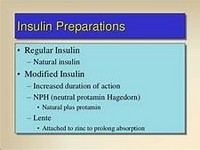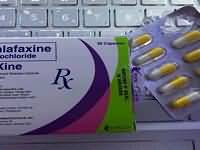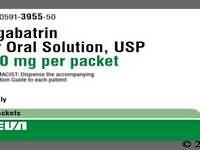Fludrocortisone acetate

Fludrocortisone acetate
CLINICAL USE
Replacement therapy in adrenal insufficiency
DOSE IN NORMAL RENAL FUNCTION
50–300 micrograms daily
PHARMACOKINETICS
Molecular weight :422.5 %Protein binding :70–80 %Excreted unchanged in urine : 80% (as metabolites) Volume of distribution (L/kg) :Widely distributedhalf-life – normal/ESRD (hrs) :3.5 (Biological half-life 18–36 hours) DOSE IN RENAL IMPAIRMENT
GFR (mL/MIN)
20 to 50 : Dose as in normal renal function 10 to 20 : Dose as in normal renal function <10 : Dose as in normal renal function DOSE IN PATIENTS UNDERGOING RENAL REPLACEMENT THERAPIES
CAPD :Unknown dialysability. Dose as in normal renal function HD :Unknown dialysability. Dose as in normal renal functionHDF/high flux :Unknown dialysability. Dose as in normal renal functionCAV/VVHD :Unknown dialysability. Dose as in normal renal function IMPORTANT DRUG INTERACTIONS
Potentially hazardous interactions with other drugsAntibacterials: metabolism accelerated by rifamycins; metabolism possibly inhibited by erythromycinAnticoagulants: efficacy of coumarins may be alteredAnti-epileptics: metabolism accelerated by carbamazepine, barbiturates, phenytoin and primidone Antifungals: increased risk of hypokalaemia with amphotericin – avoid concomitant use; metabolism possibly inhibited by itraconazole and ketoconazoleAntivirals: concentration possibly increased by ritonavirCytotoxics: increased risk of haematological toxicity with methotrexateVaccines: high dose corticosteroids can impair immune response to vaccines – avoid concomitant use with live vaccines ADMINISTRATION
Reconstition
– Route
Oral Rate of Administration
–Comments
Use for as short a time and as low a dose as possible
See how to identify renal failure stages according to GFR calculation
See how to diagnose irreversible renal disease
Home









